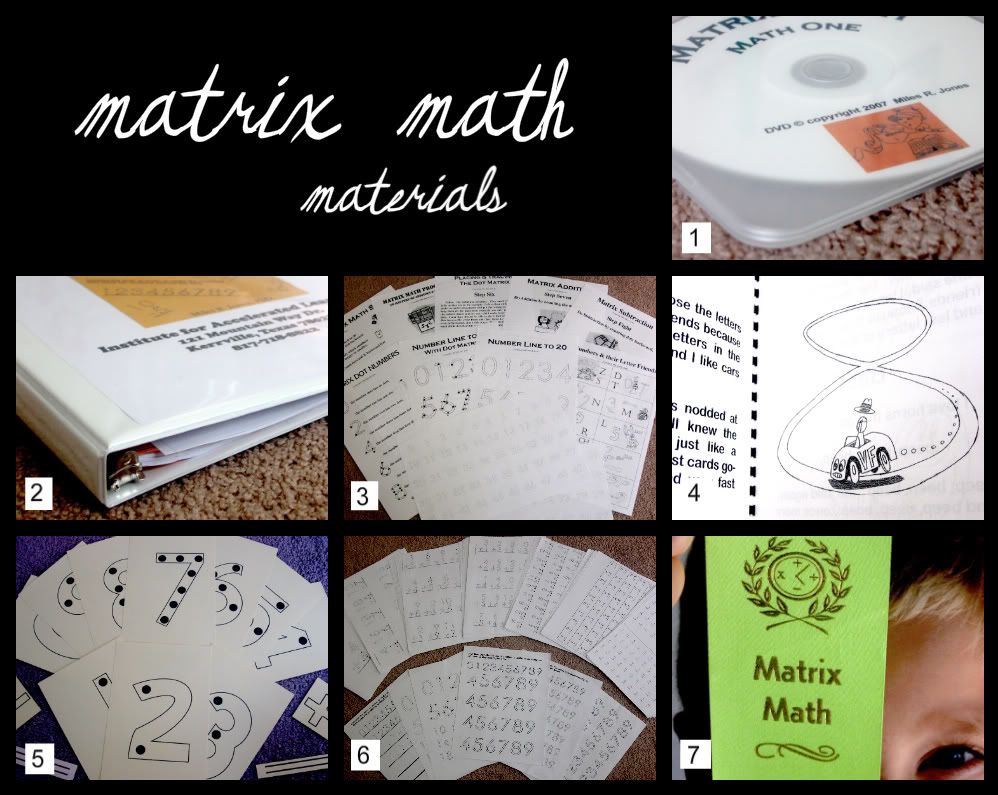Hunter got his first watch a couple of years ago, when he was three and a half. It was an old, leather-strapped analog watch that was making its way to donations after months in a lost and found before we snatched it.
He loved that watch, and used to show it off to everyone with pride, who would usually ask him if he could actually read the thing. I will have to admit it was a humous sight seeing a little three-year-old totting around with a full-sized man's watch on his wrist.
After a few months the watch broke, and for some reason we never invested in getting a new one.
I think Hunter must be equally excited about his new $9 watch from Wal-mart as he was about his lost-and-found watch two years ago. He is infinitely prideful of it and it has become the covet of many little neighborhood boys. Who knew?
I still remember my first watch, perhaps when I was eight or nine, that my mom gave me when we were at a family church camp. It was analog (versus digital), which I'm sure had a double purpose of both helping me to return to the room on time as well as to teach me how to effortlessly read a "real" clock. My mom was cool like that.
So therein lies my "hidden purposes" in intentionally buying Hunter an analog watch, which he currently thinks is just about the coolest toy there is and loves reading what time it is. I want to improve on his time-telling skills, since, even though he learned it years ago, he has since become a little rusty, since we unfortunately have nothing but digital clocks in the house.
And secondly, to teach him time management, hopefully being able to tell him to come inside from the playground at such-and-such time, or to be ready to go at this time, and so forth.
Thirdly, to become more aware of what time of day it is, since often he seems quite oblivious, at least, internally (I could tell you that "It is probably around 2:00 or 3:00 ish" even if I haven't looked at a clock in hours, but Hunter, not so much).
Lesson learned? Don't wait two years to buy a new one when this one breaks!
"Yea, the stork in the heaven knoweth her appointed times; and the turtle and the crane and the swallow observe the time of their coming; but my people know not the judgment of the LORD."
Jeremiah 8:7
Hunter is 5 years, 6 months old









